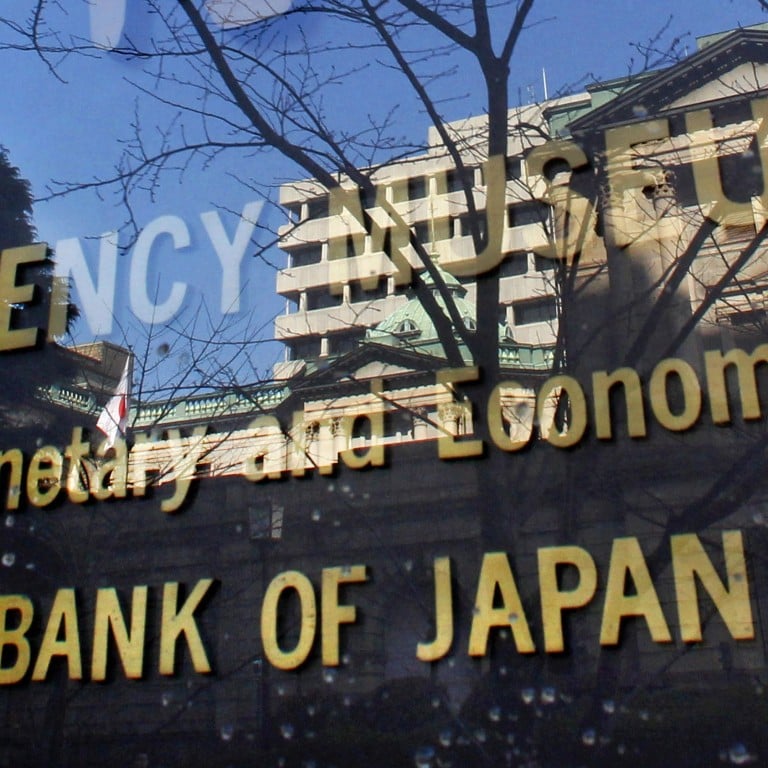
How the Japanese yen stays strong despite a faltering domestic economy
- The yen’s strength derives from its safe-haven status and the fact that much of Japan’s wealth is held overseas, in foreign assets and currencies; in a crisis, investors repatriate the yen, boosting its demand and giving it strength
A cocktail of domestic economic woes might ordinarily lend itself to currency weakness but the Japanese yen has a habit of holding its own or even strengthening when Japan has problems.
However, the G7 banks did so not to stop the yen falling, but to try to arrest a surge in its value that, by undermining the competitiveness of Japanese exporters, threatened to exacerbate the nation’s economic plight.
But why did investors want the yen when Japan’s economy had been hit by such a calamity?
There are a number of reasons, all of which, to varying degrees, remain pertinent.

Those positions come under pressure when the Japanese currency rises in value and have to be unwound, as in 2011, which necessarily involves buying back yen.
Rugby World Cup, US trade deal successes can’t hide Japan’s economic woes
Official data last week showed Japan’s exports had fallen 9.2 per cent in October. The decline was characterised by weakening demand from China and the US for Japanese goods.
In the meantime, Japanese policymakers are already contemplating further measures to try to boost economic activity.
Despite having an eye-watering 232 per cent debt-to-gross domestic product ratio, Japan’s government is proposing yet another supplementary budget that will include some 10 trillion yen (US$92 billion) of extra spending.
The Bank of Japan may ease monetary policy even further. “There is plenty of scope to deepen negative rates from the current minus 0.1 per cent,” Bank of Japan governor Haruhiko Kuroda said last week.
Why Japan may have little choice but to accept a stronger yen
These developments are unlikely to trigger wholesale yen repatriation by Japanese investors as it is hardly breaking news that the economy faces problems, but there are other potential currency market implications.
The bottom line is that the Japanese currency does not always move as it might be expected to. Just because Japan’s economy is in a downturn does not mean the yen will necessarily fall.
Neal Kimberley is a commentator on macroeconomics and financial markets

